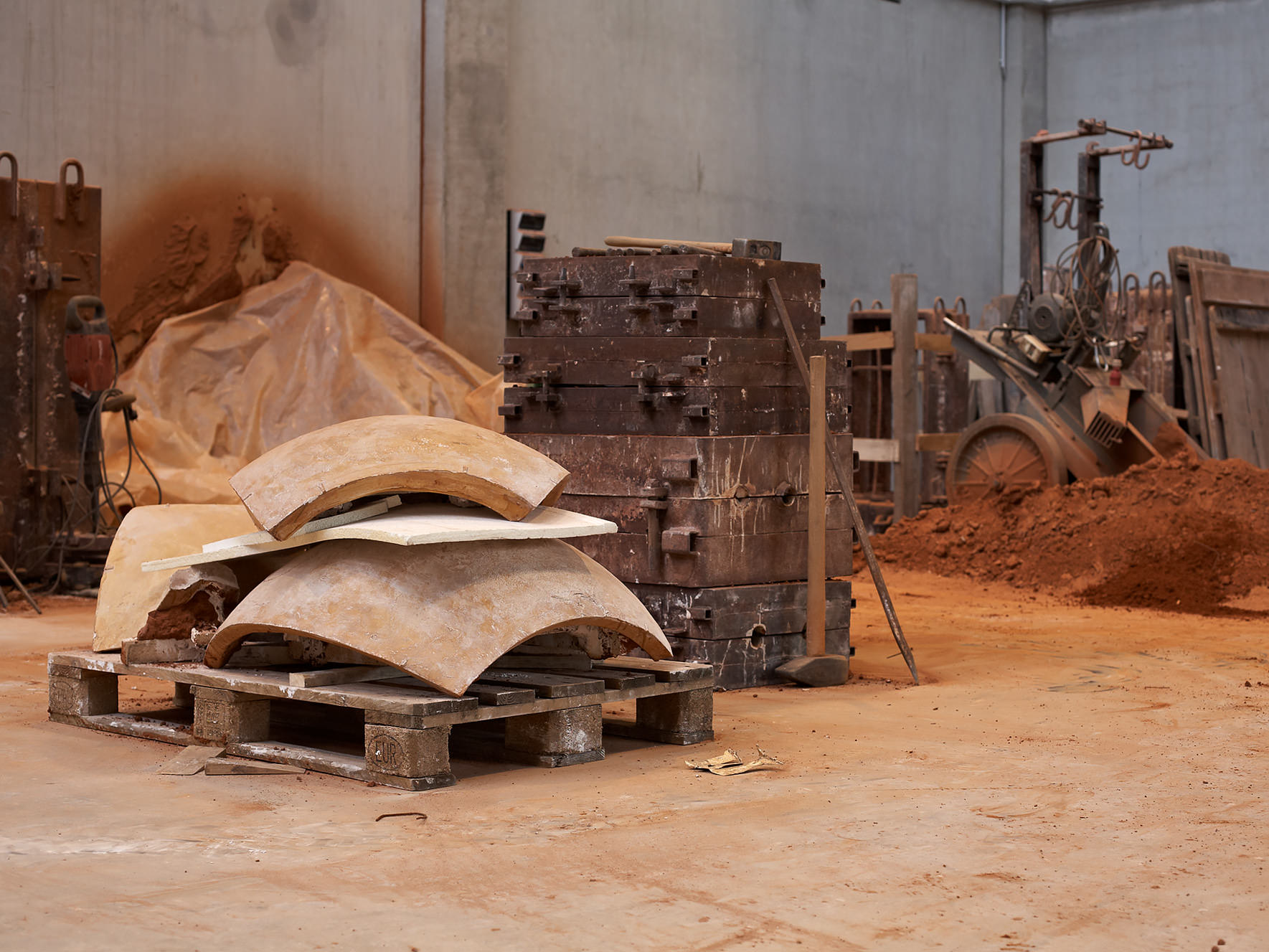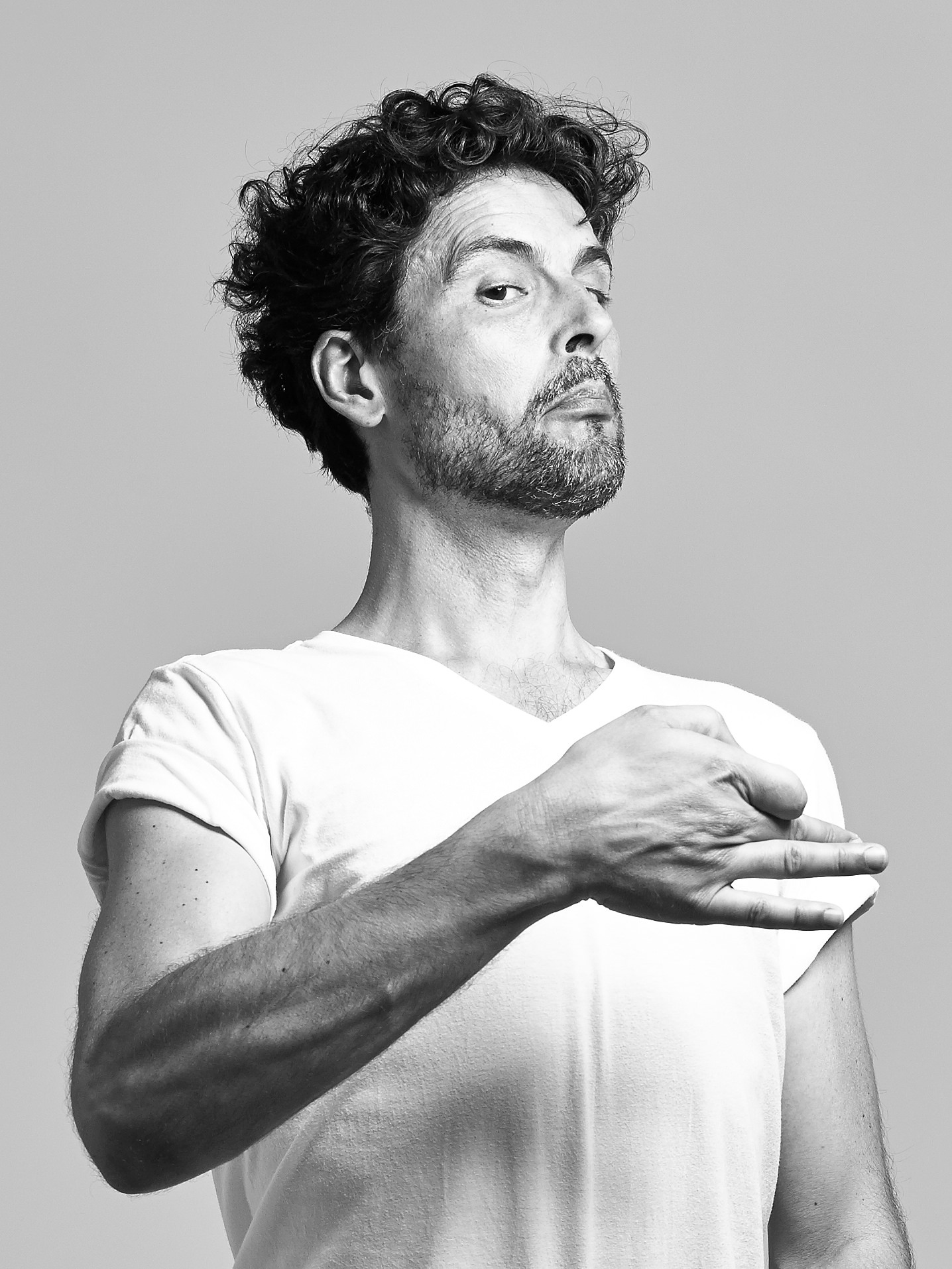












Make visible
Making visible is the meaning of the Maori name Te Puia o Whakaari for New Zealand's most active volcano, also known as White Island. In my personal memory, visiting Whakaari was and still is one of the most beautiful days in my life. Not only because of the magical feeling of setting foot on a living volcano, but also because I sensed a spirit in the crew that I felt instinctively connected to, a kind of mutual understanding and unspoken trust in each other.
As of December 9, 2019, just a few months after my visit, twenty-two people have lost their lives to an outbreak, twenty-five others have been rescued, but many are suffering from life-changing injuries. I’m aware that I cannot fully empathize with the pain inflicted on the many victims, but the disaster touched me deeply.
My perspective and perception of the series, which until now I have kept as a treasure of my fond memories, has shifted and has led to a reflection on the different associations and realities that a photograph can represent – while the beauty of nature itself remains untouched, the meaning of the images has changed immensely and remains a testament to the fact that an image is never reality or truth without the historical context and perspective of the viewer. With my series from the period before the aftermath, I want to set the framework to empathize with the situation that, on the one hand, maintains the underlying beauty, but on the other hand, was the scene of some of the most horrific human suffering we know. In this case especially, because my images from 2019 also show the remains of an abandoned sulfur mine: the collapse of the crater wall in 1914 triggered an avalanche of debris that buried 10 workers and destroyed the factory buildings. The helicopter seen in my pictures, in turn, is symbolic of the one destroyed during the eruption in 2019 and makes it obvious that 'before the disaster' is at the same time 'after the disaster' and the human aspect is always only indirectly visible.
Although Whakaari is one of the most closely monitored craters in the world, constantly observed with webcams, seismometers, UV spectrometers and measuring stakes, the eruption did not announce itself. Reckoning with its unpredictability should be a given. For the time being, landings on the island are prohibited and will probably be banned altogether.
My series is ongoing because the photos were taken from my subjectively aestheticizing perspective of 'before'. I want to investigate and complete the missing part, which is about the aftermath and the resilience of individuals dealing with the disaster. I wrestled with myself for a long time whether I wanted to show the images in the current sequence as I am aware that they only scratch the surface. I don't feel entitled to comment as an outsider, but at the same time I find it too early to approach the people involved. Whakaari itself, on the other hand, "was never the same place twice" in the words of guide Hayden Marshall-Inman, who died in the 2019 outbreak. And continues to mark time long after we have passed into oblivion, as it has been for the last 150,000 years that it has been formed. What changes is how we see it, and we are ultimately responsible for that.
In this context, I would like my series to be seen as a tribute to the Maori way of thinking called Tikanga. I believe that this was the spirit I felt when I first boarded the boat to White Island. „The word described a good heart, a true soul, a deep, spiritual instinct for doing what was right, rooted in centuries of listening to the world and accepting your place in it. People who followed tikanga knew what to do and did it without thinking.“ (Alex Perry in Outside Magazine). In my eyes, it has a lot to do with self-responsibility, acting on one's own authority, which in my perception is a way to be free. And why shouldn't Whakaari – make visible – be the canvas for questions we as humanity want to find answers to.
Previous
Next





